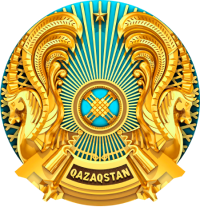Kinds of sports
Rowing and canoeing
Rowing and canoeing is an Olympic rowing sport, the essence of which is to overcome the track as quickly as possible in kayaks and canoes. Places in the race are distributed among the participants as they cross the finish line.
Story
Kayaking and canoeing as a sport owe their appearance to the Scotsman John MacGregor. It was he who in 1865 designed a kayak for himself, which he called “Rob-Roy”, 4.57 m long and 0.76 m wide. For comparison, modern kayaks and canoes have the following dimensions: single - 5.2 m, deuce - 6 .5 m, kayak four - 11 m, canoe four - 9 m; boat width is free. MacGregor was very fond of traveling in central Europe, and very soon rowing in kayaks gained international fame. In 1866, the first rowing club was formed - the Royal English Canoeing Club. Later, similar clubs began to appear in America, Canada and Scandinavia. In 1867 the first canoe regatta was organized. In 1924, in Copenhagen (Denmark), an international organization was established - the International Representative Office for Canoeists, which approved the size of the boats, as well as the length of the distances for the competition. In 1933, the first European Championship was held in Prague, and in 1939, the first World Championship in kayaking and canoeing was held in Vaxholm (Sweden). In 1924, the first demonstration races were held at the Olympic Games in Paris, but kayaking and canoeing were included in the program of the Olympic Games only in 1936.
Rules
The following types of boats are used in kayaking and canoeing competitions: single, double, quadruple. The competition program includes both men's and women's races. Official kayaking and canoeing competitions are held at distances: for men - 200, 500, 1000, 2000, 5000, 10000, 20000, 42000 m, extra long; for women - 200, 500, 1000, 2000, 5000, 20000, 42000 m, extra long.



